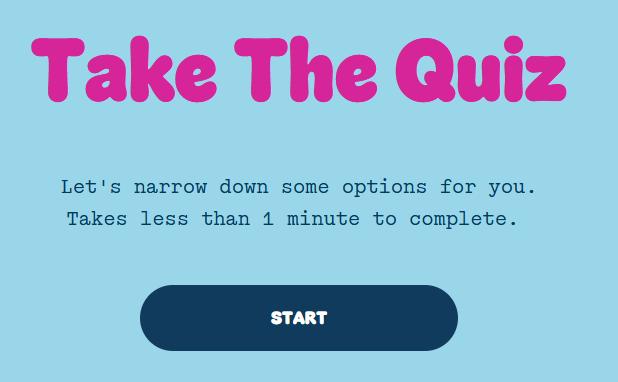Boost sales with funnels
The best way to improve traffic and boost your sales in your Shopify store is through product discounts. Customers are more likely to purchase more products, if they see, that products are either discounted or a part of a special bundle deal. A great way to promote a sale is through a popup, which your customers are able to see, when they first visit your store, but they are more likely to skim the popup and close the window. Another great way to promote your sale is either to display it directly on the main page, where the customer lands, when they visit your store, or by adding an exclusive landing page for your discounted products. But what if your customers aren't able to see the discounted products in your store, or the discounts simply haven't caught their eye? Then the best solution is by creating a Funnel.
What is a Funnel?
A funnel is usually a term for any tool on your website, that helps you convert your store visitors into buyers. Utilizing Funnels is important for merchants, which wish to have successful stores, as funnels help direct your potential customers, by showing them special deals, capturing their awareness and attention and in term persuading them to complete any purchase in your store. Funnels are usually the main bridge between you, the merchant and your customers, as you are essentially capturing them by displaying advertisements and then leading them through your store, using special deals and discount offers, in order for them to potentially complete a purchase on your store and become a customer. In order to pull traffic from the internet, a very effective funnel type is the “advertisement funnel”. They are advised to be simple, with small amounts of text, that captures your potential customer's attention. Since internet traffic usually consists of people just passing by, the advertisement design needs to pull the target in, by providing a colorful design, and a deal, that the passerby is not likely to overlook. Once they visit your store, they are now already a potential customer, but they still need to be guided through your store with a series of funnels, in order for them to become a customer.
Funnel types
1.) Up-sale funnel
Up-sale funnel is used to promote deals on your store, after the customer has already added an item from your store to their cart. Since the offer is discounted, and it includes the already added product, the customer is more likely to consider the deal.
Funnel app: Bundler
The Bundler app has a feature called “Funnels”, which allows you to promote your bundle deals.
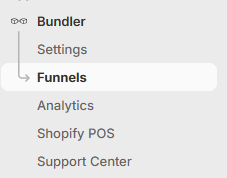
This Funnel falls into the “Up-sale” funnel category, as it displays a bundle discount opportunity, after the customer adds an item, which is a part of a bundle to the cart. After the customer adds at least one of the bundled products to the cart, a funnel is set to appear, and display the bundle deal. That way, even if a customer misses your sale, if a customer adds a product, which is located within a classic bundle, the customer should receive a popup funnel, informing them of the bundle deal. The customer is more likely to complete the bundle purchase that way, since they already have one or more of the bundled products in their cart.
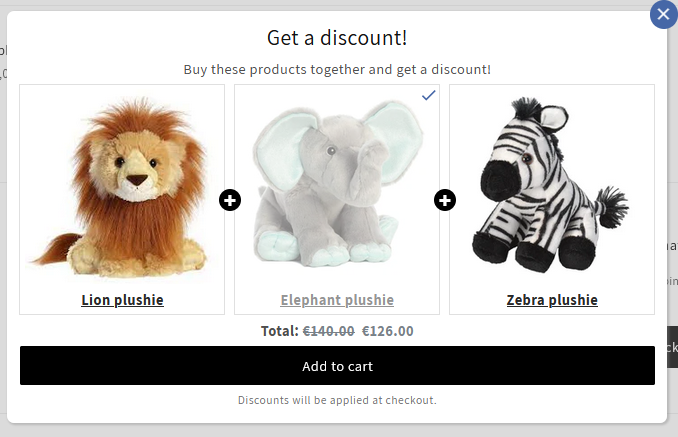
"An Example of an up-sell funnel, found within the Bundler app"
2.) Cancellation funnel
Cancellation funnels are mostly used in subscriptions and memberships. After a customer decides to cancel their subscription, this funnel is used to persuade the customer from canceling, by displaying them with an opportunity. This funnel leads to smaller retention rates, as it gives your customers an alternative deal to cancellation. This can be a discount applied on future renewals, or another subscription plan altogether.
Funnel app: Seal Subscriptions
The seal Subscriptions app offers customers the use of cancellation funnels in it's cancellation flow in order to deter the customers from unsubscribing, or at least to gather the information on why the customer has stopped their subscription. The funnel can be used to provide the customer with an additional, exclusive discount code, so that they may reconsider subscribing.

“An example of a cancellation funnel, found within the Seal Subscriptions app”
3.) Daily Deal Funnel
This funnel type is effective because it utilizes a sense of urgency. When customers visit your store, they are able to see, that a time sensitive offer is available, which immediately makes your customers consider the offer, as they are easily able to miss out on.
Funnel app: Daily Deals ‑ Sale & Promotion
This app allows you to create a page, dedicated to your daily deals. You can use it to create the daily sales manually, or run an automated deal. The app lets you create flash sales or use countdown timers to create urgency and drive promotions. The app even allows you to create a post purchase upsell.
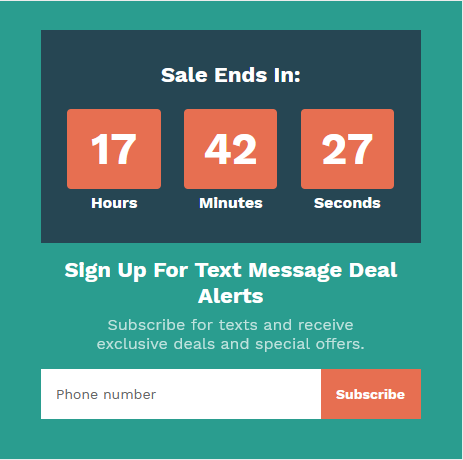
4.) Ad funnel
As mentioned previously, the “Ad funnel” is one of the most important funnels, as it helps you direct web traffic to your store. This type of funnel can be found all over the internet, as the majority of online stores run adds, in order to promote their website and lure in potential customers. These need to grab the attention of the potential customer, otherwise they are likely to move on with their browsing. Most add funnels display special discount offers, that peak the interest of potential customers, so they visit your store.
Funnel app: Adwisely
Adwisely allows you to run Ad campaigns on Facebook, Instagram, Google, TikTok and YouTube. The app has an integrated AI, to help you achieve optimal results. The app also states, that you'll have a dedicated Ad Expert for each of the platforms, in order to oversee and align your ads with your business objectives.
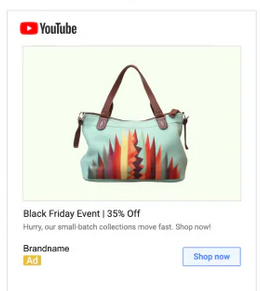
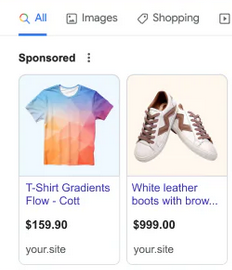
5.) Squeeze page funnel
This funnel usually takes the form of a popup and it is used to prompt the customer to input their email address or any other contact information, in order for that customer to later receive future offers from your store. This type of funnel is usually set up to interrupt the customer while browsing and ask them for their contact information.
Funnel app: Systeme.io
This app allows you to create a "squeeze page", by simply dragging and dropping the content onto your page. They also provide premade, tested “Squeeze page” templates and very helpful analytics, which you can use to determine the best strategy.
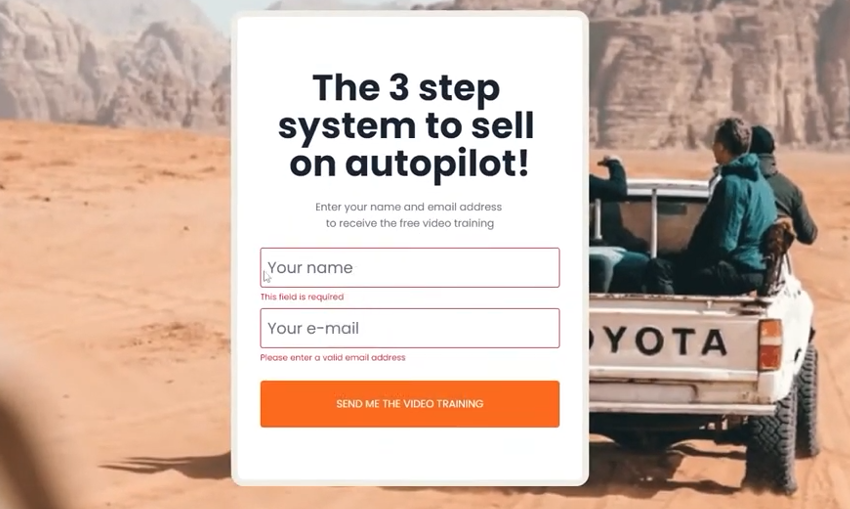
6.) Lead Magnet Funnel
This funnel allows you to trade a product of your choice for the customer's contact information. A good example of this are subscription free trials, product samples or newsletters, that customers are able to receive, if they simply input their contact information. The customers are more likely to input their contact information, if they receive a “free gift” in response.
Funnel app: Encharge
The Encharge app uses behavior-based emails to boost subscriber engagement and convert more trial users into paying customers. The app also offers pre-built flow templates, which help you instantly create marketing automations. You can use Encharge with any landing page or form builder that supports Webhooks. The developers state, that no coding knowledge is required.
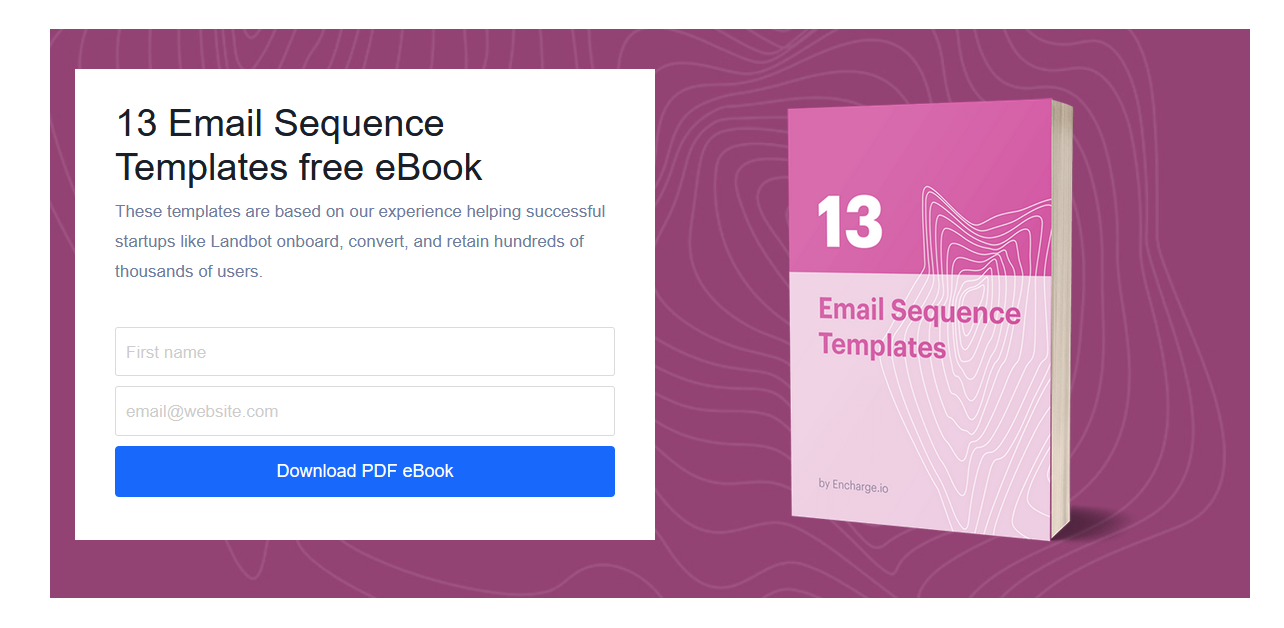
7.) The product launch funnel
Product launch funnels work on customer anticipation for an upcoming product. This allows you to sell the product even before it's set launch date. If you add a sense of urgency, like making the product a limited offer, customers are more likely to grab the deal, as they might not get another chance to do so. With a product launch funnel, you can either sell the product at a discounted “presale” rate, or bump up it's preorder price.
Funnel app: PreOrder Now WOD
The PreOrder Now app lets you transform your regular products into preorder products, that can keep your customers engaged and committed to purchasing, even before items are available. It lets you manage product demands with ease, offer exclusive discounts for preorders or offer the ability for customers to pay for the products in partial payments.
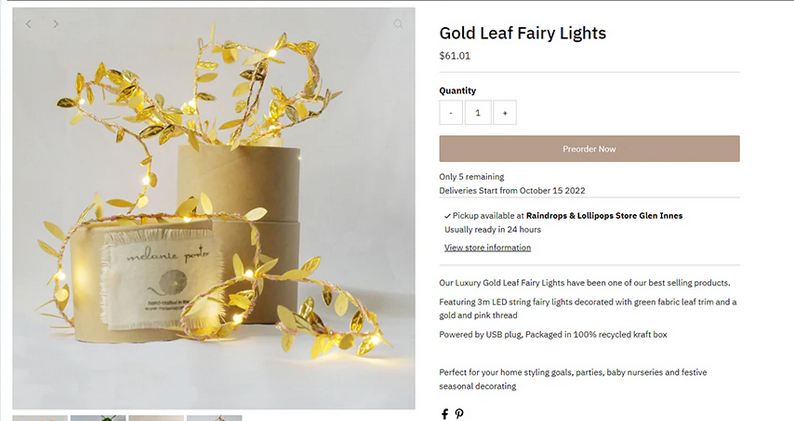
8.) Quiz Funnel
Quiz funnels or survey funnels are essentially surveys, that your customers must fill out in order to receive certain information from your store, like which product suits them for an example. at the end of the survey, the customer can be prompted to add their email address of any other contact information. This funnel type generates interest from your customers and helps you build personal relationship with them, as you are essentially showing interest in them.
Funnel app: Prehook: Quiz Funnel Builder
This app allows you to create personalized customer experience, by offering perfect product recommendation for your customers. The app offers quick and easy quiz setup with no coding knowledge required. Customers can be prompted to take a quiz, in order for them to receive the product recommendation, best suited for their need.
